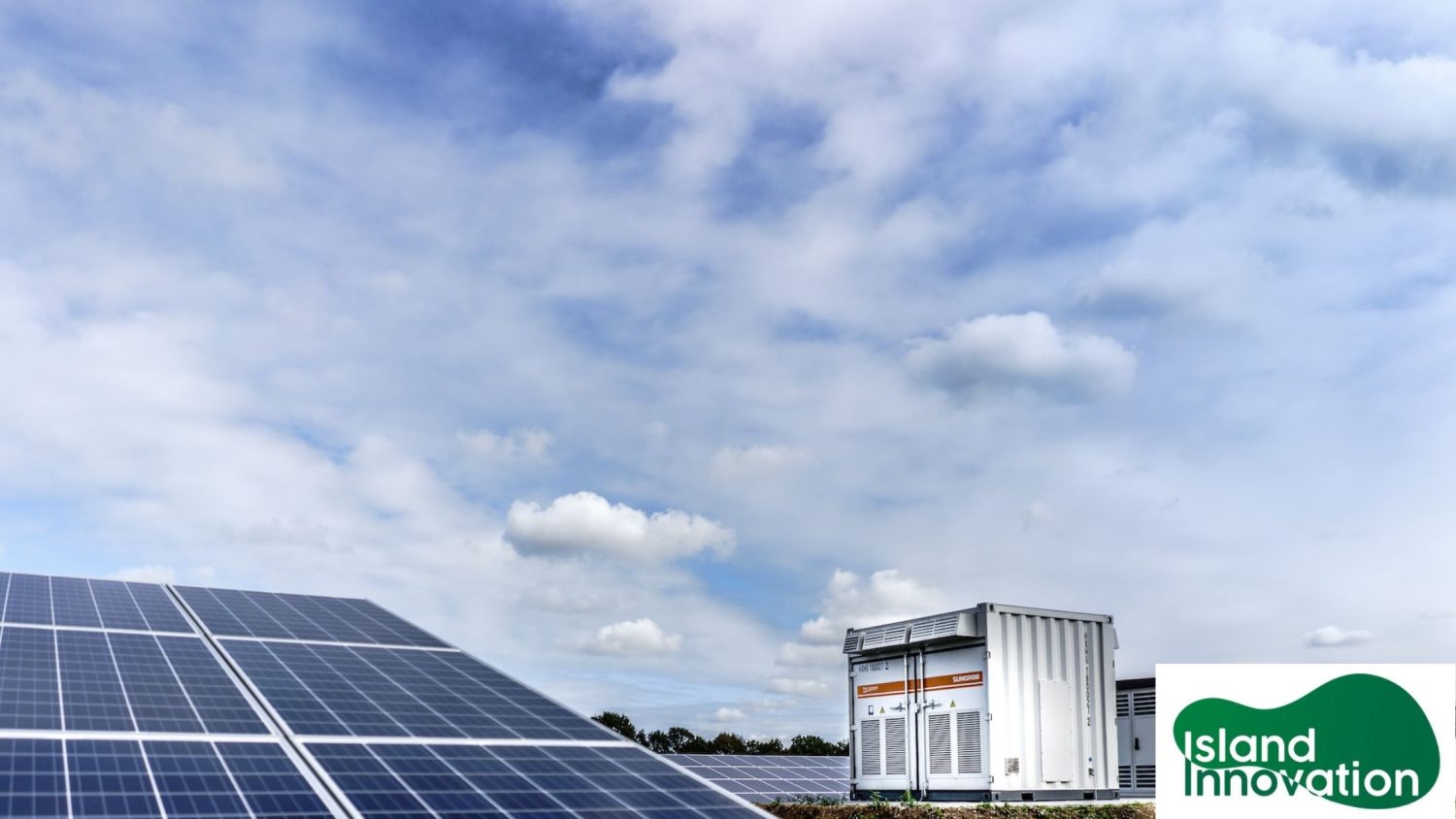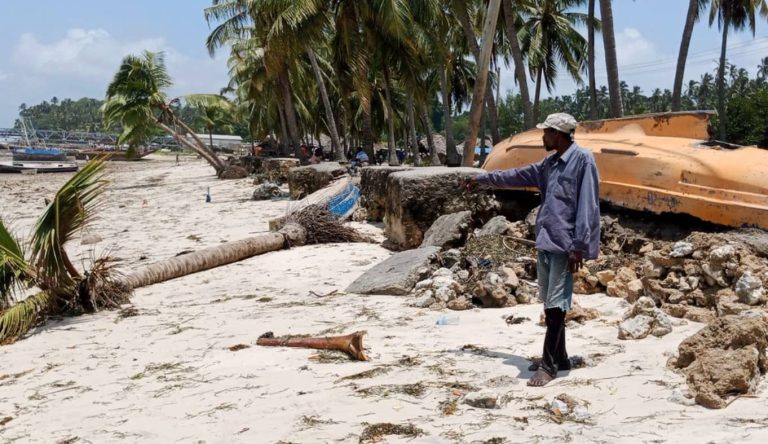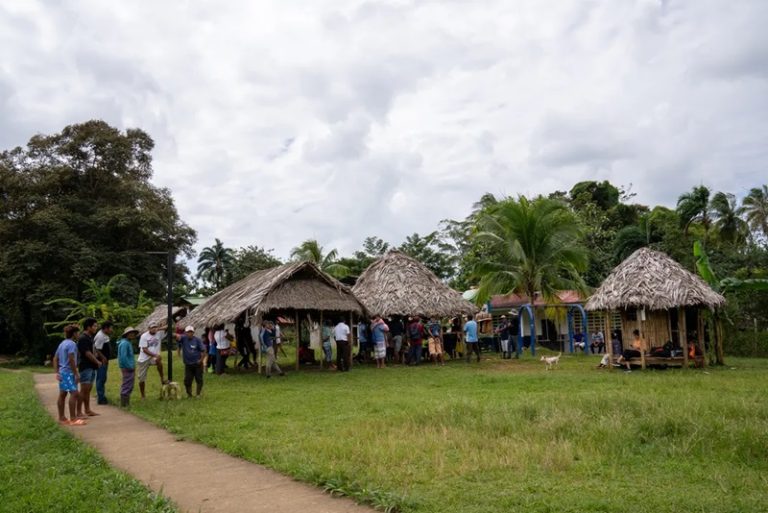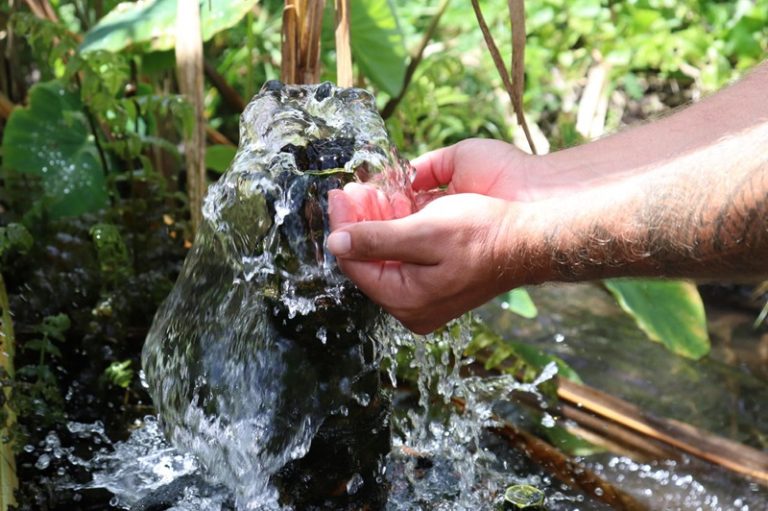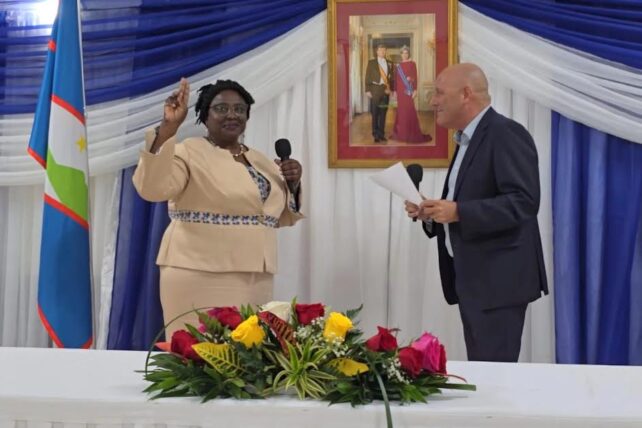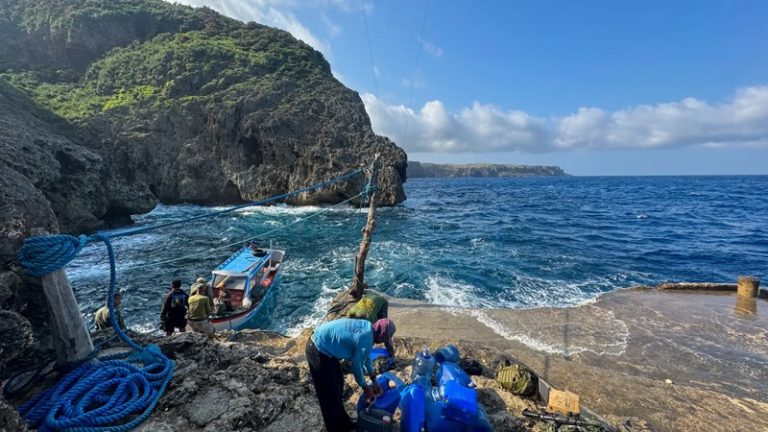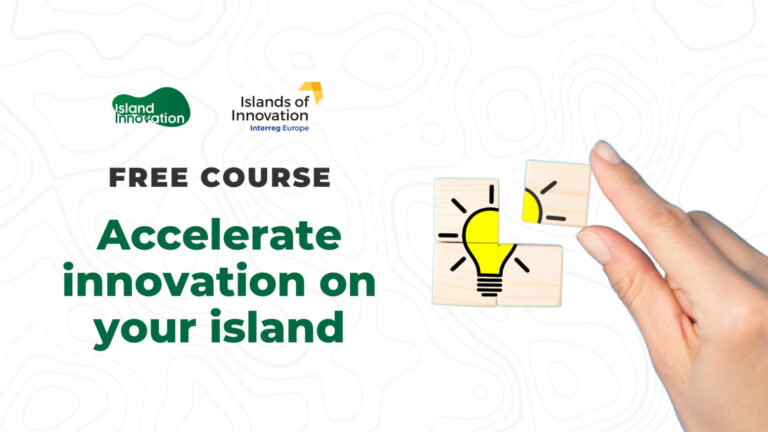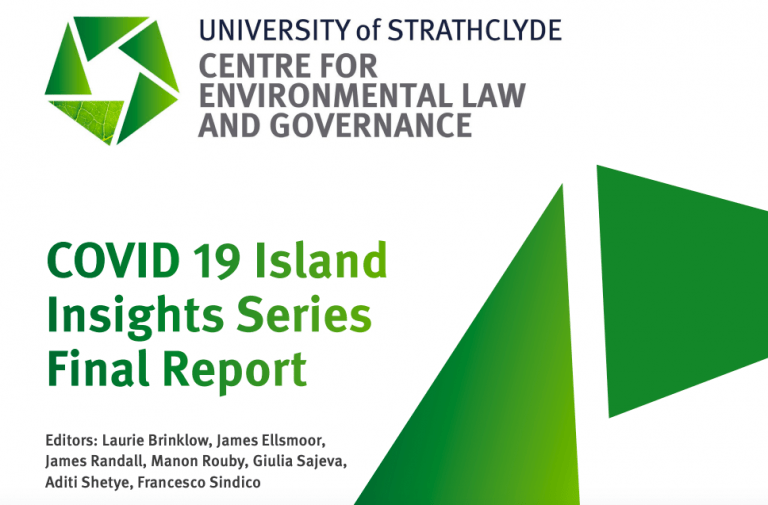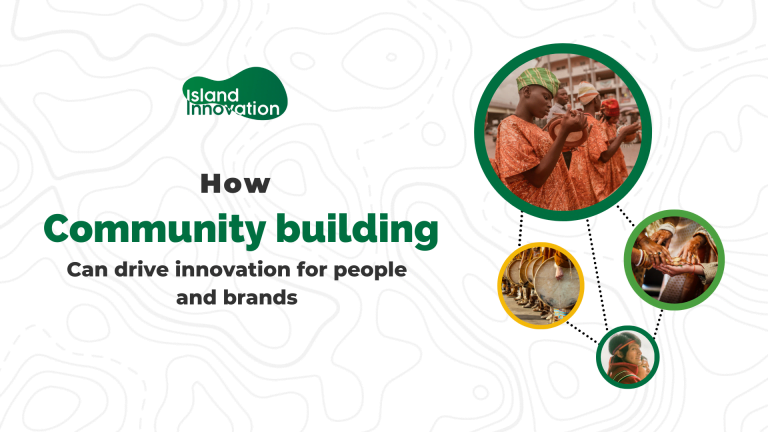Excerpt from eesi.org
In late September 2022, Hurricane Fiona slammed into Puerto Rico, unleashing torrential rain and winds of up to 110 miles per hour. During the resulting island-wide power failure, Sonia Sanchez needed a place to power her medical equipment for her pulmonary treatment. Fortunately, Sanchez lives in Castañer, a small town in the central Puerto Rican mountains that is home to the “Microrred de la Montaña” (Microgrid of the Mountain), a small, autonomous energy system consisting of solar panels and batteries. While everyone else on the island lacked power, she could plug her equipment into one of the establishments powered by the microgrid.
Having a microgrid in Castañer is important because it is so remote and difficult to access, particularly during extreme weather events. Heavy rains and strong winds from hurricanes result in flash floods, downed trees, and loss of power, preventing the operation of critical services like gas stations and water treatment plants. A microgrid, which is a small network of electricity users and distributed energy resources, can operate independently to supply electricity to these critical services when the main grid is not functioning.
When fully completed, the Microrred de la Montaña will be composed of two microgrids plus an individual site and open to communities in the four neighboring municipalities of Adjuntas, Jayuya, Lares, and Utuado. Commissioned in May 2022, the first microgrid phase included 41 kilowatts (kW) of solar panels and 74 kilowatt hours (kWh) of battery storage distributed across five sites in Castañer. These communities, with a combined population of 90,000, are among the poorest and most disadvantaged in Puerto Rico and are vulnerable to extreme weather events and long-duration power outages. After Hurricane Maria, which devastated the island in 2017, these rural areas endured more than nine months without electricity, and they experienced power cuts almost daily. Microgrids can be powerful tools for rural communities in Puerto Rico to take back control over their energy supplies and increase their resilience with the ability to keep power even when disaster strikes.

